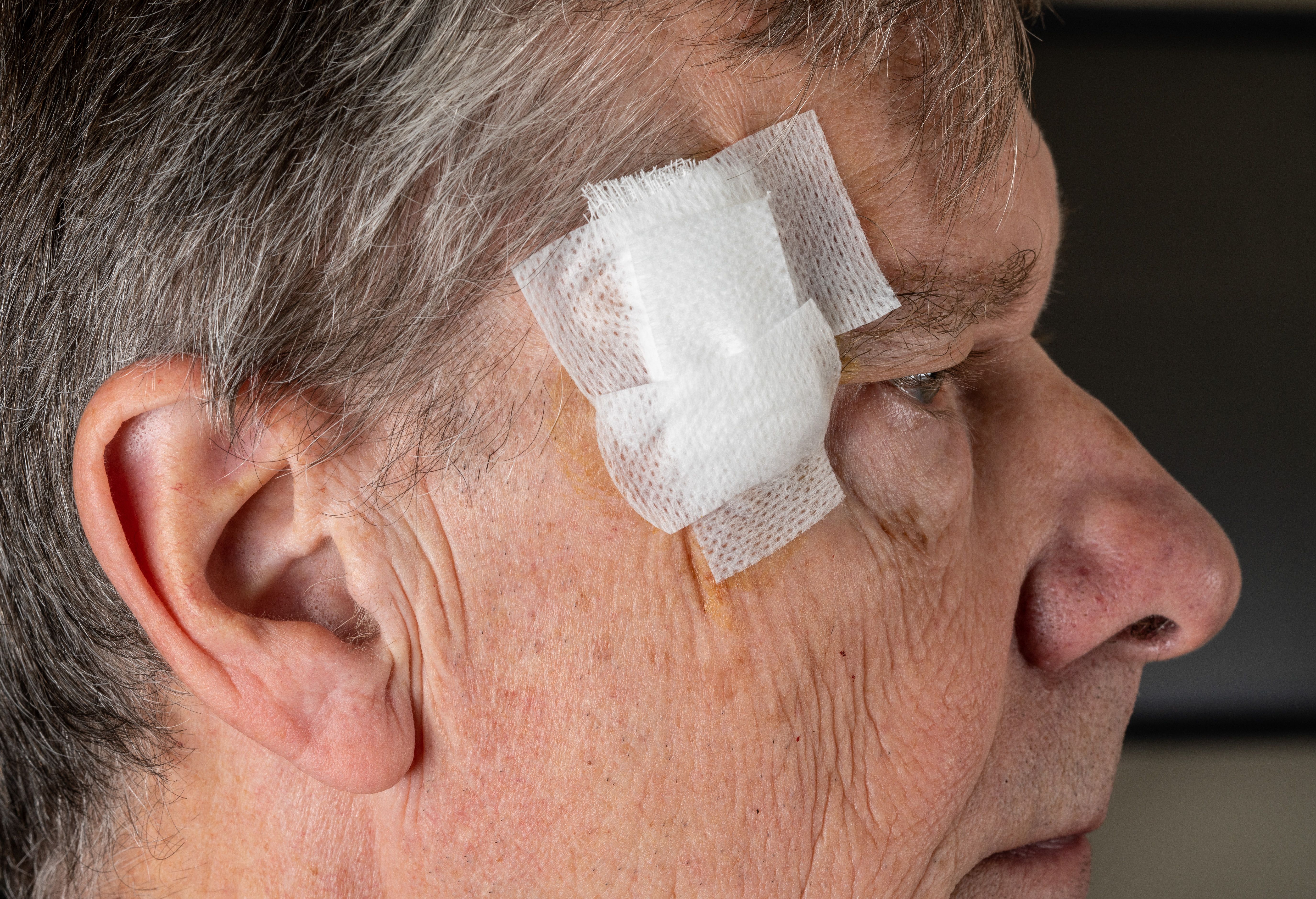- Case-Based Roundtable
- General Dermatology
- Eczema
- Chronic Hand Eczema
- Alopecia
- Aesthetics
- Vitiligo
- COVID-19
- Actinic Keratosis
- Precision Medicine and Biologics
- Rare Disease
- Wound Care
- Rosacea
- Psoriasis
- Psoriatic Arthritis
- Atopic Dermatitis
- Melasma
- NP and PA
- Skin Cancer
- Hidradenitis Suppurativa
- Drug Watch
- Pigmentary Disorders
- Acne
- Pediatric Dermatology
- Practice Management
- Prurigo Nodularis
- Buy-and-Bill
News
Article
Long-Term Exposure to PM10 and PM2.5 May Reduce the Risk of Developing Melanoma
Author(s):
Key Takeaways
- Long-term exposure to PM10 and PM2.5 may reduce melanoma risk by decreasing UV radiation exposure, a primary environmental risk factor.
- Multivariate analysis showed a protective effect against melanoma for higher PM10 (OR = 0.89) and PM2.5 levels (OR = 0.72).
High concentrations of particulate matter can potentially lessen the exposure to UV radiation.
Image Credit: © Eduard Borja - stock.adobe.com

When considering multiple variables, long-term exposure to particulate matter (PM) may protect against the development of melanoma.1 According to a novel preliminary study, higher concentrations of PM10 and PM2.5 correlate with a decreased risk of melanoma.
PM is solid particles and liquid droplets of pollution found in the air from vehicle emissions and other industrial activities. More specifically, PM10 are inhalable particles with diameters that are 10 μm and smaller while PM2.5 are finer inhalable particles, with diameters that are 2.5 μm and smaller. Depending on the density, composition, and shape, PM can absorb, scatter, or diffuse solar UV radiation.2
“Atmospheric pollution has a complex impact on the UV index, potentially reducing or increasing UV exposure depending on the composition and concentration of pollutants in the air,” the authors wrote. “Some studies have reported that PM can reduce UV radiation by over 25%.”
This case-control, multicenter study took place between January 2022 and December 2023 in the Department of Dermatology of the University Hospital of Verona and Policlinico Gemelli in Rome. It included 2575 participants: 1473 patients with melanoma and 1102 healthy controls with no prior disease history. Over 52% of the participants in both cohorts were male with a mean age of 63.89 in the patient group and 61.66 in the control group. Most of the melanoma patients had Fitzpatrick skin types 2 (59%) and 3 (36%).
Investigators collected information on demographics, smoking habits, and skin type, as well as tracking of their daily sun exposure, history of sunburns, and use of sunscreen. A Bayesian hierarchical model was used to estimate the average daily PM10 and PM2.5 exposure levels at each participant’s residential address at a 1 km2 spatial resolution from 2013 to 2021. Logistic regression analyses were then performed to determine melanoma risk.
The average melanoma Breslow thickness was 1.01 mm and 68.15% of reported cases were diagnosed at stage 0 and IA. Over 75% of patients with melanoma had a history of sunburns, which was significantly higher than the control group (p < 0.001). On average, patients were exposed to a concentration of 29.69 μg/m3 PM10 and 17.75 μg/m3 PM2.5.
An initial univariate logistic regression showed that both PM10 and PM2.5 levels could correlate to an increased risk of melanoma. However, the multivariate logistic regression showed a protective effect against melanoma for higher PM10 (OR = 0.89, 95%CI: 0.86–0.92, p < 0.001) and PM2.5 levels (OR = 0.72, 95%CI: 0.68–0.76, p < 0.001). This inverse relationship is potentially due to the reduction in ultraviolet radiation exposure, which is the primary environmental risk factor for melanoma.
Over 56% of healthy controls were cigarette smokers (p < 0.001). Interestingly, the univariate and multivariate models showed a reduced risk of melanoma in smokers (OR = 0.28, 95% CI: 0.20–0.38, p = 0.010). Additionally, those with darker skin of Fitzpatrick skin type 4 had a reduced risk of developing melanoma (OR = 0.32, 95% CI: 0.14–0.77, p = 0.010).
The observational and cross-sectional design, potential self-reported data inaccuracies, and residual confounding characteristics may limit the analysis of the results. Other environmental and lifestyle factors that were not explored in this study could be potential avenues for future research.
Investigators stress that these results are preliminary and “should be interpreted with caution because of many potential residual confounding.” Further longitudinal research with larger sample sizes could help us understand the complex interactions that may exist between the risk of melanoma and our environmental pollution.
References
1. Bellinato F, Adami G, Reatini MA, et al. Impact of particulate matter exposure on melanoma risk: A multicentre case-control study. J Eur Acad Dermatol Venereol. Published online January 17, 2025. doi:10.1111/jdv.20539
2. Rahman A, Elmi A. Air pollutants are negatively associated with vitamin D-synthesizing UVB radiation intensity on the ground. Sci Rep. 2021;11(1):21480. Published 2021 Nov 2. doi:10.1038/s41598-021-00980-6





